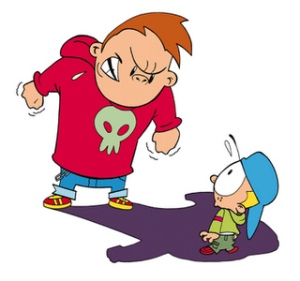
I published a few weeks ago the long-overdue letter for my daughter’s third birthday. I can’t believe I have been blogging for over two years now. I haven’t written a post in 6 months, but there’s good reason. I’m going to do one more personal post, and then back to the regular content (I hope in a more regular timing). I’d like to tell you what I’ve been up to in the last 6 months.
In the winter term I was teaching a course. I was a “pretend” university professor. I call this “pretend” because there’s much more to being a university professor than teaching courses. But students, bless their hearts, don’t distinguish between contract instructors and associate professors. In fact, many people do not make that distinction (my parents included), but that’s another story. I had a great time teaching. This was a wonderful opportunity for me: I got to develop a full curriculum, set the exams and assignments, and determine the content. I took a lot from that experience, and I hope to teach again some day (maybe soon). What struck me most was how much teaching was like the work I do in this blog. I did my best to take complex research and explain it in a way that my student would understand. My teaching assistants (both fourth-year undergrads) were delighted with the course. My students a bit less so, but I suspect a lot of it had to do with the midterm being a bit hard.
Then, I presented in two conferences. I gave talks in two conferences. I’ve never given a scientific talk before, and this was also a fantastic experience. I don’t think I could have done it without teaching first though. Teaching made me a bit less anxious about standing in front of an audience and looking like I know what I’m talking about. It was a good preparation for these talks. I gave talks about my research, which was extra-awesome, because I’m excited about my research. It may not be the cure for cancer (it is about as far from a cure to cancer as blue birds are), but this is my work.
Then, we moved to London. For my Canadian readers I’ll add: London, England; not London, Ontario. We packed our stuff (man, do we have a lot of stuff), we heavy-heartedly said goodbye to our dog (he is too old to make this trip, he deserves to go live with his favourite person in the whole world, his walker), we packed the kids, and got on a plane, and we are now living in a different city, country, continent.
This has been a big change for everyone. Since my son will be starting school in September, we figured it makes sense to have both kids at home with me. I took the summer off school, and now I’m a stay-at-home-mom for the summer. We like it here a lot. We live in a great neighbourhood, which has just the right amount (for us) of families and trendiness. I have been taking the kids exploring the public transportation system. We also happened by a few free museums and fun places along the way.
Next week, my daughter starts full day nursery. The week after that, my son will begin attending primary school (with uniforms and everything). Also next week, my part-time after-school nanny (score!) will begin working for us. This will definitely give me more time to work (I have managed to work a total of 7 hours throughout the summer, including this post), and hopefully will also give me some time to blog. Until then, I will keep adding items to my list of “things you can do on a rainy day when you have been home with your kids for two months and you really would like to strangle them but you love them too much to do it”.








